
The anticipation surrounding Hulu’s upcoming adaptation of Sarah J. Maas’s acclaimed series, A Court of Thorns & Roses, is palpable. However, converting the intricate and multifaceted lore—especially the nuanced aspects of Fae culture—into a television format presents a series of distinct challenges. The portrayal of Fae courts includes elements that might not sit well with contemporary viewers. Notably, Hulu’s recent updates indicate that the adaptation is not currently in active development, providing the creative team additional time to navigate these complexities.
Among the various themes woven into the narrative, the concept of the fated mates trope stands out. While frequently encountered in fantasy literature, this concept can prompt discussions regarding agency and consent, particularly when viewed through a modern perspective. Additionally, elements of toxic masculinity found in certain Fae courts—characterized by a focus on dominance and control—could risk alienating potential audiences. Therefore, Hulu must juggle the delicate balance of honoring the original material while ensuring the adaptation is engaging and relevant to a wider demographic. With competitors like Netflix advancing their own romantasy projects, the pressure is on Hulu to get the execution just right.
Navigating Fae Culture: A Complex Decision for Hulu’s Adaptation
Challenges in Presenting Fae Culture to a Broader Audience

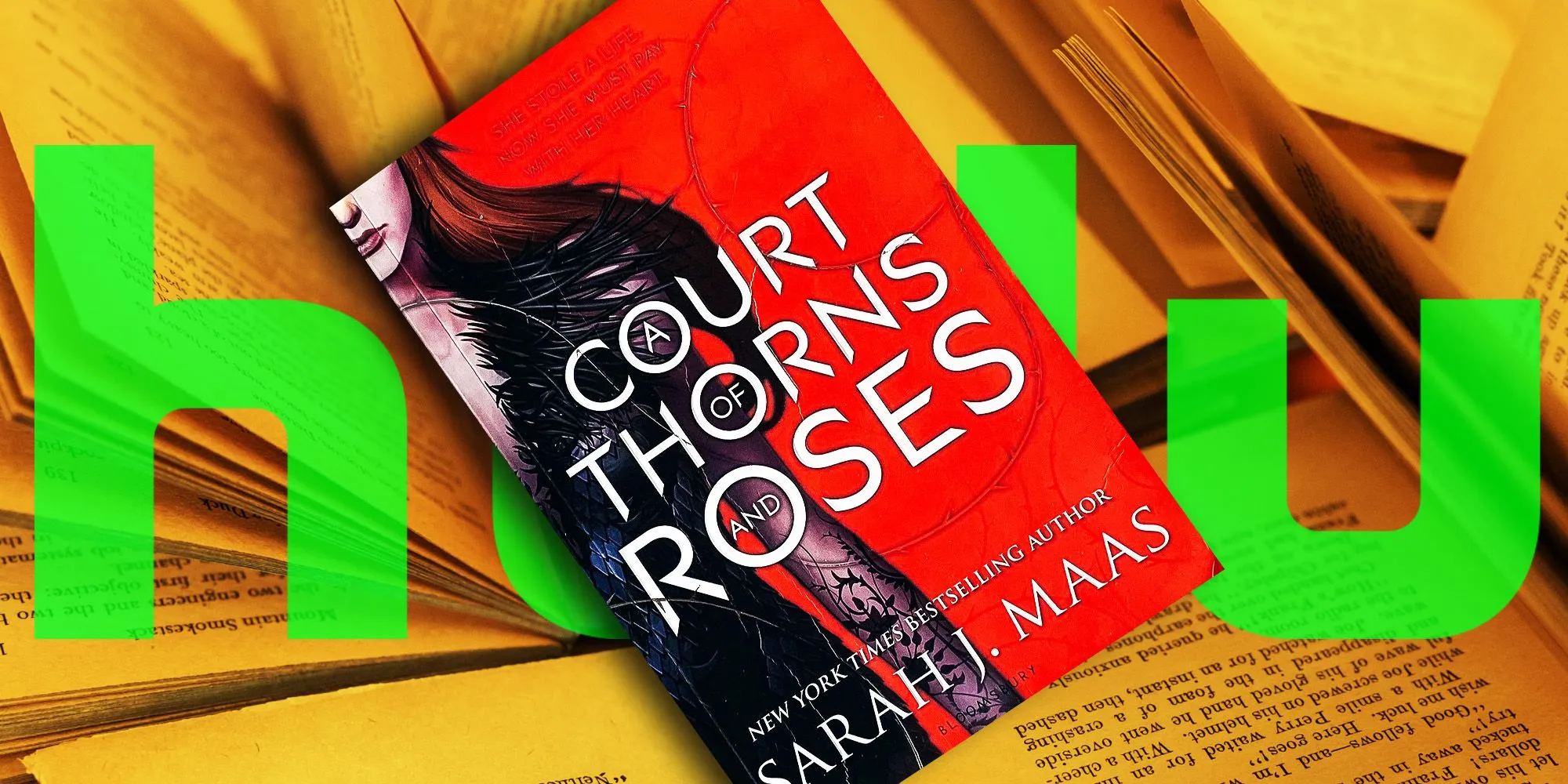
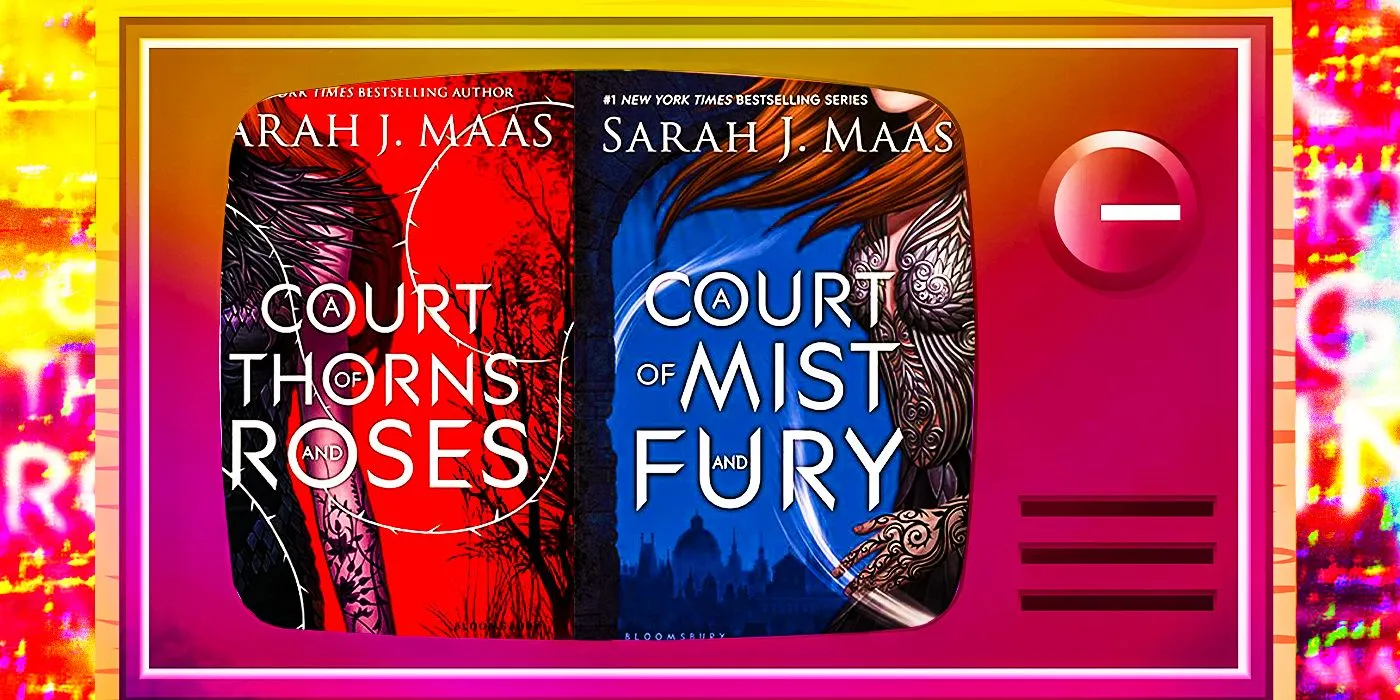
While Sarah J. Maas is not the first author to explore the realm of Fae courts within her romantasy series, her talent for world-building has provided readers with a captivating and immersive experience. Nevertheless, the presentation of these cultures poses significant hurdles for Hulu as it strives to adapt this BookTok phenomenon. Customs reflective of toxic masculinity may not appeal to those less familiar with the ACOTAR (A Court of Thorns and Roses) universe.
For instance, the fated mates trope pervades the fantasy genre beyond just Maas’s works, yet the implications it presents—especially concerning female agency—remain largely unexamined within the series. Hulu must address this critical issue. Elain’s grappling with her mating bond underscores the intense complications it brings, not only for herself but for Lucien as well. The prevalence of fated mates among major couples further complicates the narrative. While established readers of ACOTAR may accept these conventions, reaching a new audience will require careful treatment of these themes.
The Risk of Diverging from the Source Material in Favor of Modern Progressivism
The Pitfall of an Oversimplified Progressive Narrative
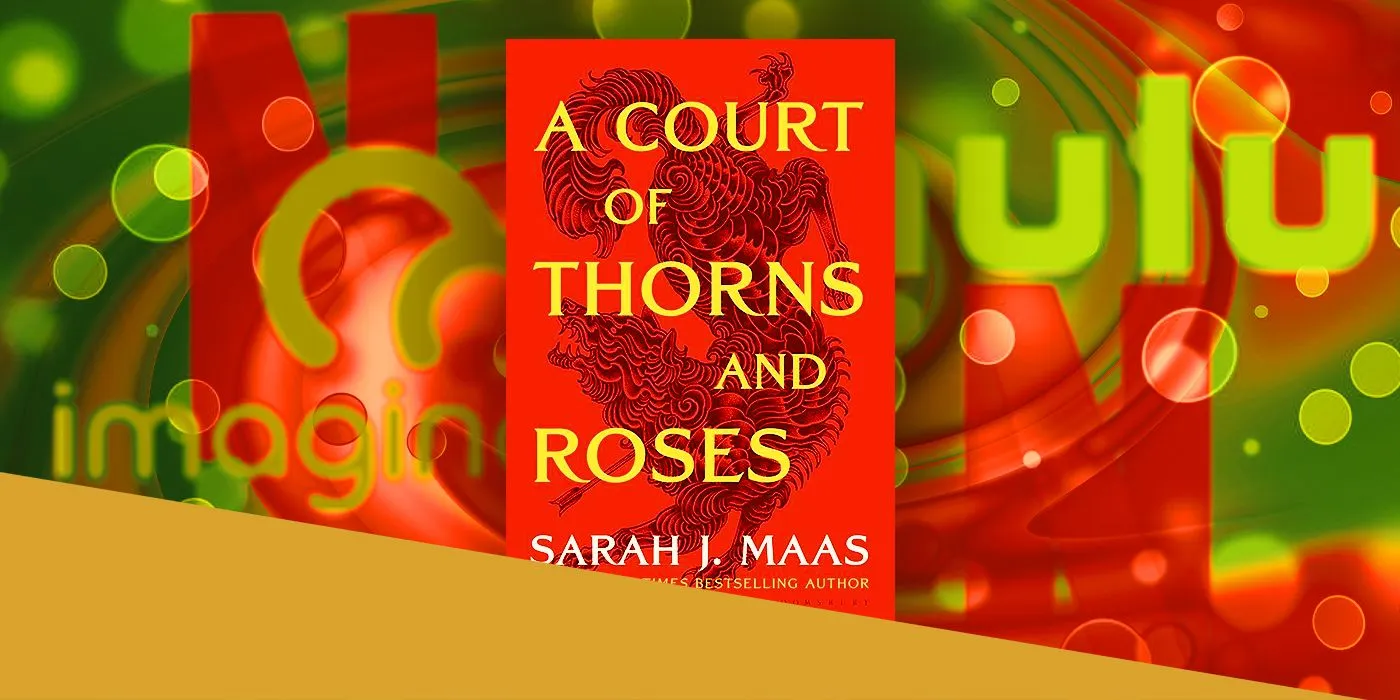
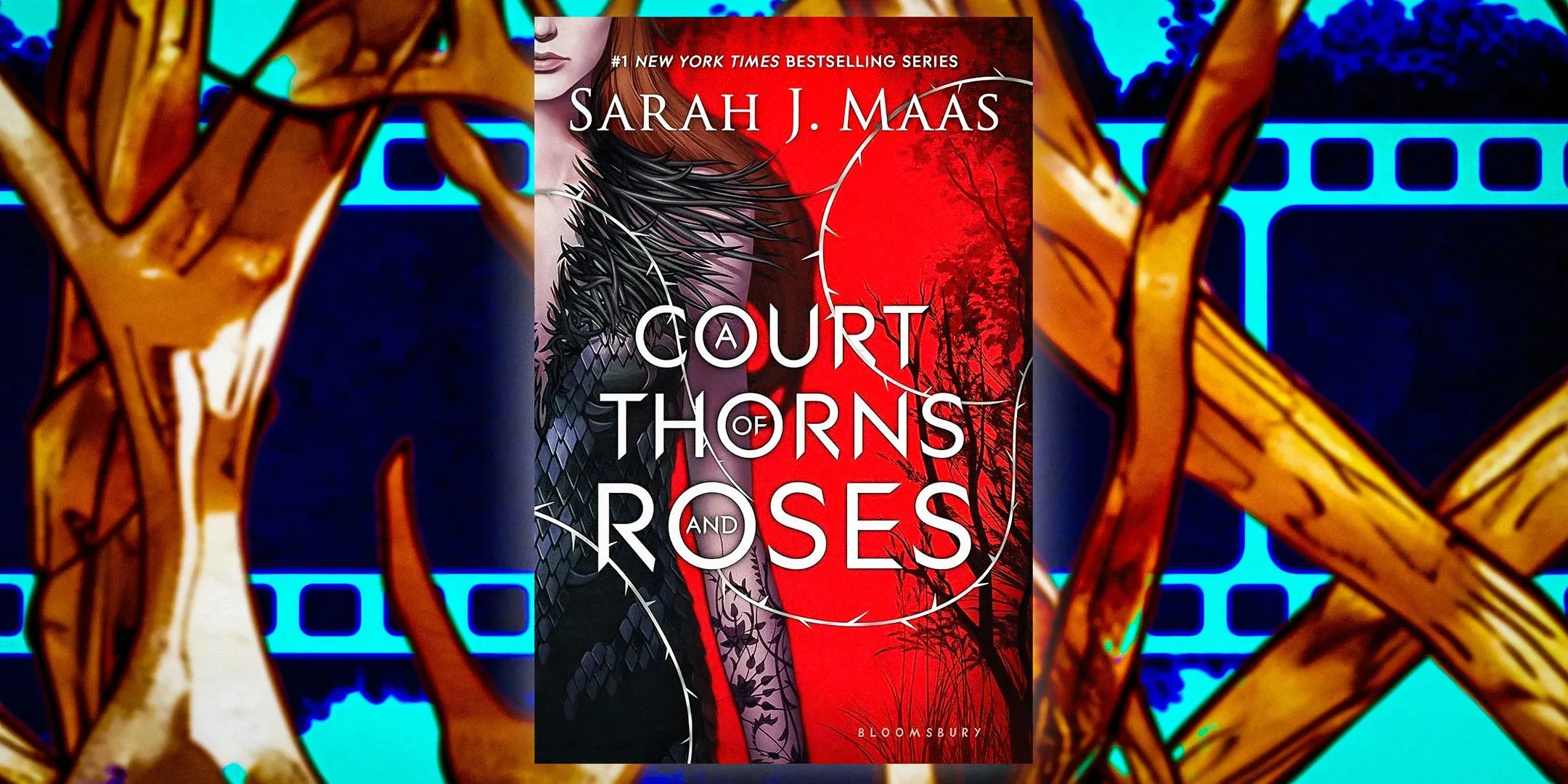
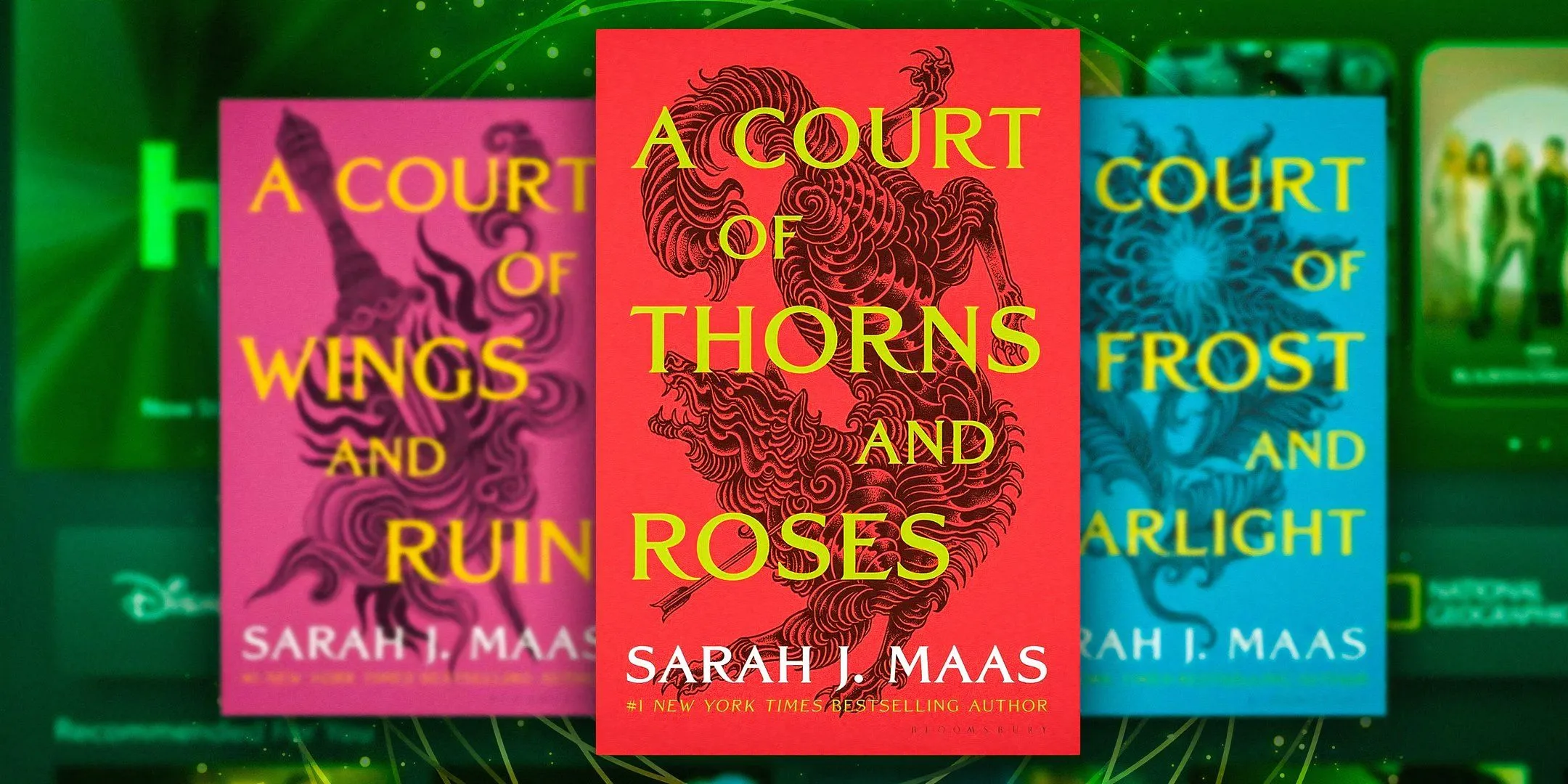
Although A Court of Thorns & Roses exists outside a fixed historical timeline, providing Maas the creative freedom to incorporate both timeless fantasy tropes and contemporary elements, this duality presents a challenge in visual adaptation. Merging eclectic historical aesthetics with fantastical representations of modern technology—such as the magical ultrasound featured in A Court of Silver Flames—can create a dissonance for viewers.
The most significant risk of overly tailoring the content towards progressive ideals is compromising Feyre’s character authenticity. While Feyre, the protagonist of Maas’s narrative, can be seen as lacking in challenging certain established norms, portraying her solely as a progressive character would diminish her sophisticated and strategic nature. For instance, her success in navigating and disrupting the Spring Court relies on her ability to subtly manipulate their culture while pretending to adhere to its customs.
The Dilemma of Staying True to Canon vs. Attracting New Fans
Strategies for Harmonizing Adaptation with Fan Expectations
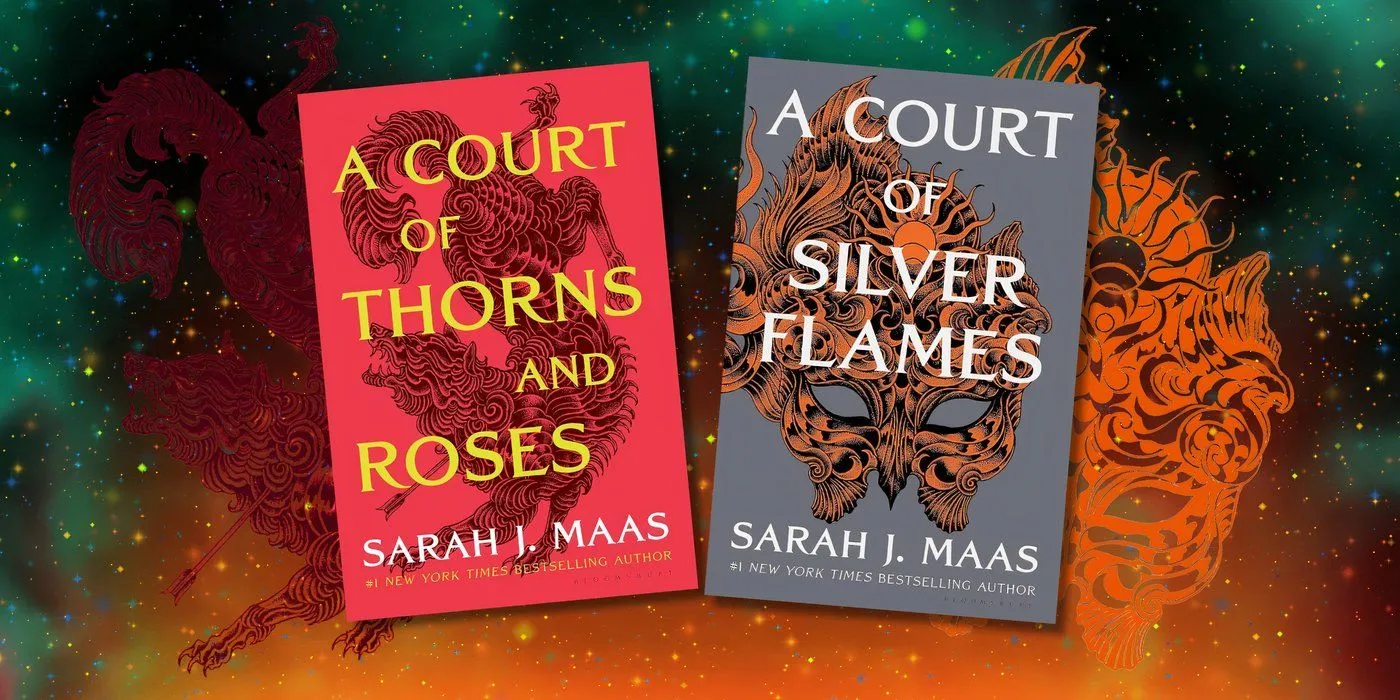
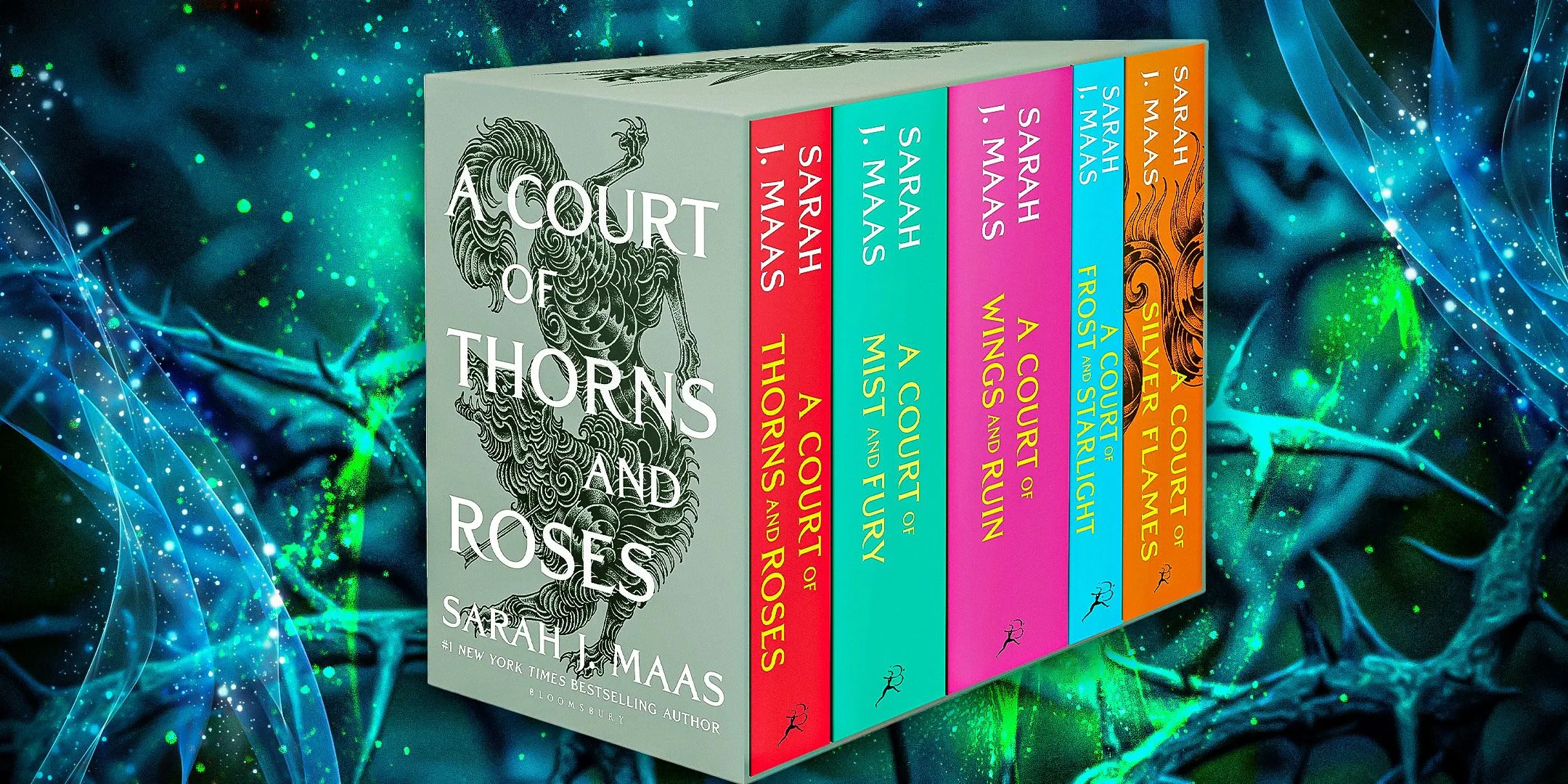
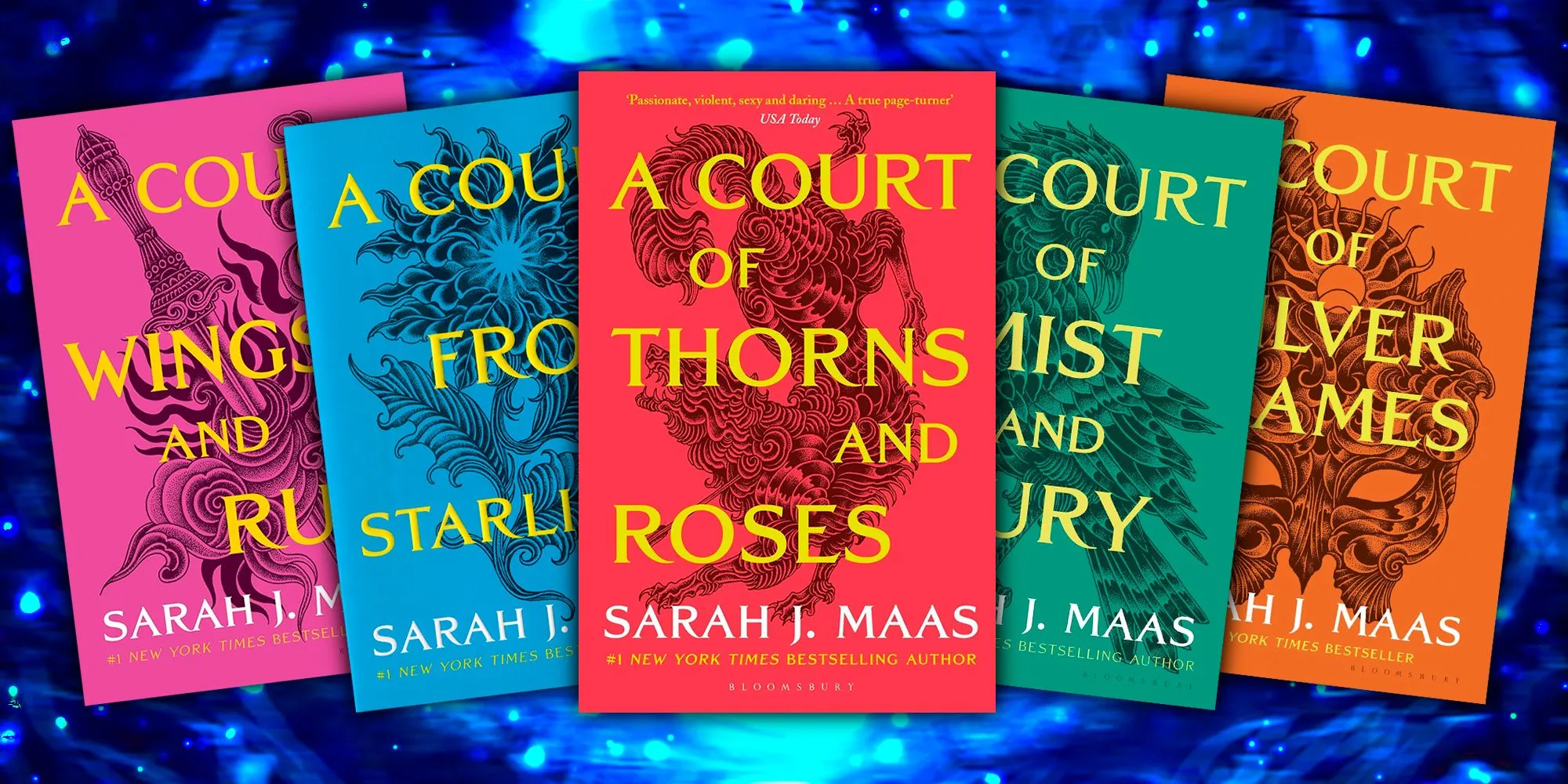
Ultimately, the success of the ACOTAR series on Hulu hinges on finding the right balance. If the adaptation veers too far towards progressive elements, it risks diluting the rich fantasy legacy of the source material—after all, the Fae are characteristically unpredictable and often capricious. Yet, there must be a concerted effort to render the Fae relatable to a modern audience. Failing to do so may risk alienating prospective fans unfamiliar with the content. To enhance viewer engagement, showrunners should explore the dynamics of Feyre and Rhysand’s relationship earlier on, alongside a more profound examination of the Fae culture.
Highlighting Feyre’s role as a transformative “cursebreaker” could serve as an effective narrative strategy. By emphasizing her potential for enacting meaningful change within the Fae realm without compromising her character integrity, Hulu can present a character that audiences can identify with. Furthermore, showcasing the more positive societal implications within the narrative—such as the criticism of Tamlin’s harsh leadership style in A Court of Mist & Fury—would enrich the adaptation’s thematic depth.




Leave a Reply ▼